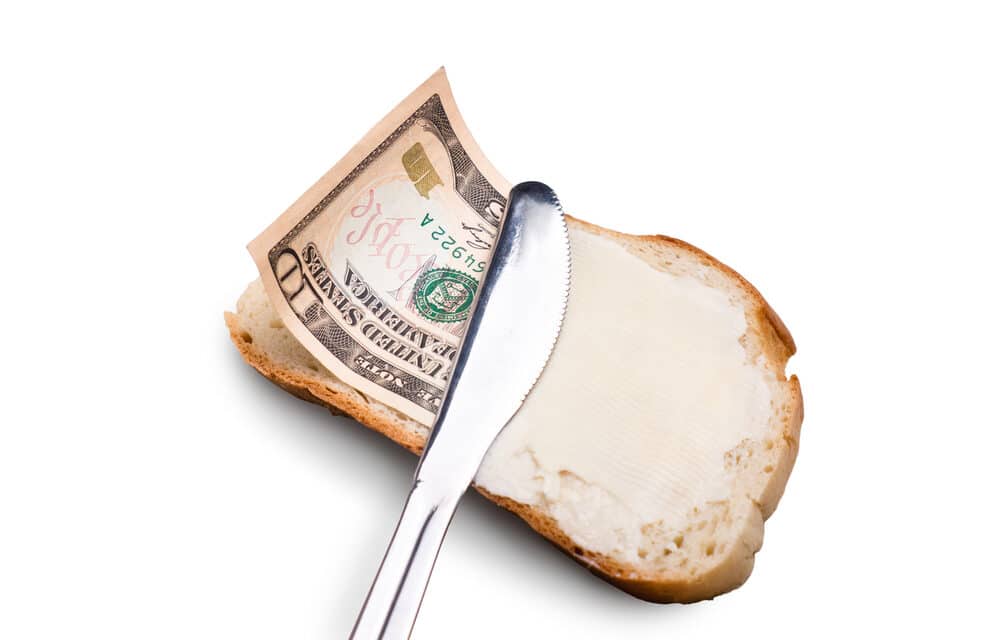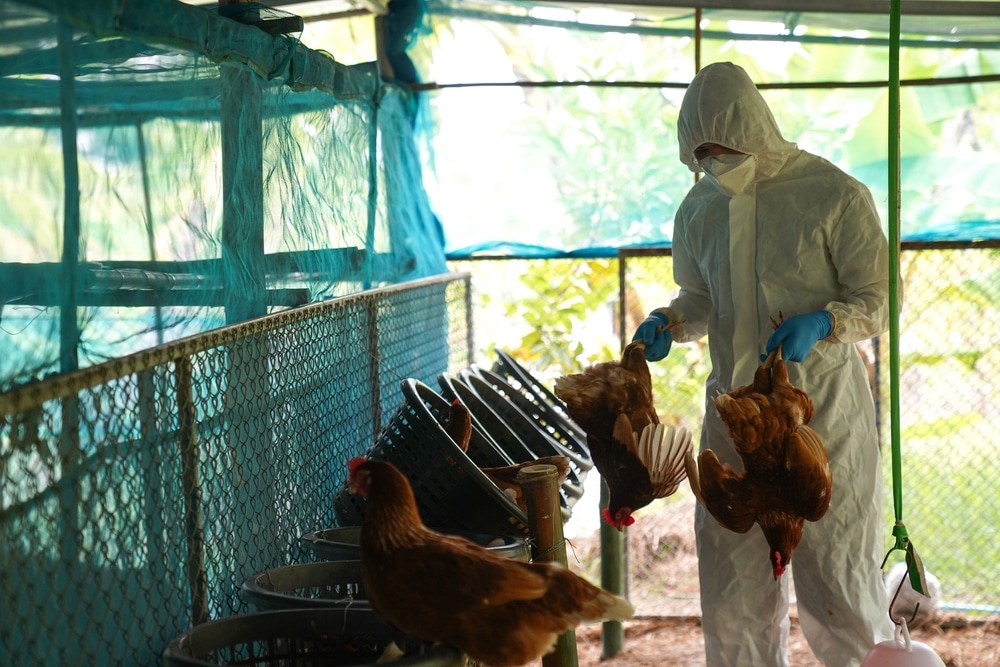The potential for a knock-on effect of rising fuel prices to be felt by other industries is becoming more likely, as oil and gas prices continue to rise to an all-time high, companies are finding it hard to maintain their costs and may have to shift this burden to the consumer any day now.
Petrol prices have risen higher and higher this year, as oil makes a comeback in 2021 following a difficult year of pandemic restrictions and low demand. This has, of course, been aided by the OPEC+ curbs on production that restricted oil output across member states for the first half of 2021.
And while production levels are slowly rising, some countries are finding it difficult to reach new OPEC targets as they revive their oil and gas industries, meaning the global shortage continues. Looking at the price of gasoline over the last 20 years, you can see that the global average has doubled, from $0.60 a litre in 2001 to $1.20 a liter today.
This year, in particular, the increase in demand as economies open back up following over a year of restrictions, added to a supply shortage across much of the world, means prices are nearing an all-time high. And it seems that the trend is not over yet,
with experts suggesting that motorists across Europe and Asia can expect high petrol and diesel costs well into the winter months as the Brent benchmark stays around $85 a barrel; demand for fuel increases; and taxes on motor fuel in countries such as India, France, and the U.K. continue to stay at around 60 percent of the retail price of petrol and diesel. READ MORE


















